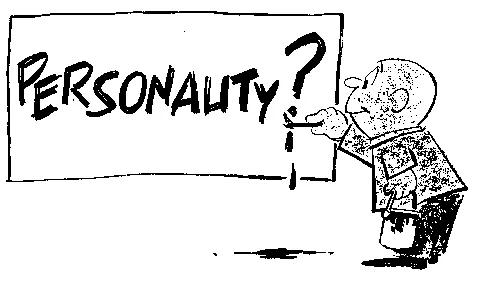It's important that your job matches your personality

Personality plays a significant role in determining how well one performs at work, especially when the job isn’t purely routine.
When choosing a career, it’s crucial to match your personality traits with the job requirements. For instance, those who have a high score in openness – one of the “Big Five” personality traits – often thrive in roles that demand creativity and new ideas. In contrast, individuals with a high score in the conscientiousness trait usually shine in structured roles like management or administration.
Jordan Peterson, in a video by BigThink, introduces a broad job categorisation:
Simplified Job Categorisation
-
Complexity: Jobs fall on a spectrum from simple to complex. Simple jobs involve tasks you can learn once and repeat without much variation. While a high cognitive ability might help you learn faster, it doesn’t necessarily make you better at the job. On the other hand, complex jobs, like many managerial roles, constantly evolve. Here, a high cognitive ability is a strong predictor of success.
-
Nature of the Job: Jobs can be broadly categorized as creative/entrepreneurial or managerial/administrative.
- Creative/Entrepreneurial: Ideal for those high in the “openness to experience” trait from the Big Five personality framework. These roles demand lateral and divergent thinking, allowing individuals to explore and innovate.
- Managerial/Administrative: Think of this as a train on a set track, where the goal is to move forward swiftly and efficiently. These roles are more algorithmic, following a clear-cut path. Success here aligns with the “conscientiousness” trait, focusing on adherence to processes and efficiency.
Balancing Act in Organizations
In the early stages of a company, it’s the creative minds that steer the ship. These individuals thrive in environments filled with uncertainty, always eager to experiment with new ideas and navigate uncharted territories. They are the risk-takers, the innovators who lay the foundation of a business venture, often breaking conventional norms and introducing groundbreaking solutions.
However, as the company begins to grow and mature, a need for structure and order becomes evident. This is where administrative professionals come into play. They ensure efficiency, streamline processes, and provide the necessary structure to help the company scale. But it’s crucial to strike the right balance. Relying excessively on either can lead to stagnation or chaos.
Yet, herein lies a critical challenge. The dynamic world of business is rife with unexpected twists and turns. Market trends evolve, new competitors emerge, and technological advancements can render yesterday’s innovations obsolete. Companies that lean too heavily on their administrative framework risk becoming rigid, unable to adapt quickly to these changing tides. The lights of innovation can dim, and the firm might find itself stuck on a single track, even as the world around it changes. A harmonious blend between the creatives and the administrators becomes paramount to ensures that the company remains adaptable to market shifts while maintaining its operational efficiency.
While the creative minds sketch the ever-evolving blueprint of a company’s journey, the administrative minds ensure that the journey is undertaken with precision and efficiency. Striking the right balance between these two forces is the key to ensuring a company’s longevity and success in an ever-changing business landscape.
Capitalism’s Take on Creativity and Management
Capitalism, in its inherent nature, operates on survival of the fittest. Companies that fail to strike a balance between creativity and administration often find themselves sidelined. They may become obsolete, outpaced by more agile competitors who can pivot with changing market demands. This cyclical process of birth, growth, and eventual decline—or reinvention—is capitalism’s way of ensuring a dynamic business ecosystem. For businesses that envision a lasting legacy, it’s essential not only to recognize these evolutionary patterns but also to maintain a harmony between the forces of creation and management.
References: video link here, by Jordan Peterson